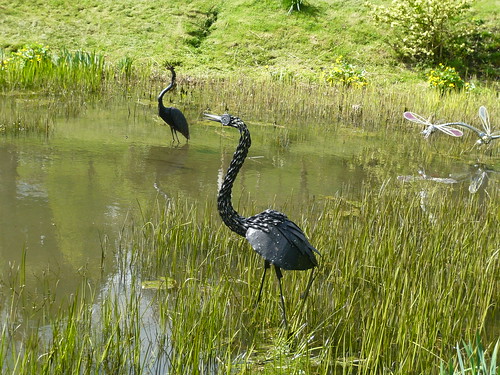Tips for Starting Your Garden Design
When looking at a garden or potential garden for the first time there are some basics to consider. I recommend you spend sometime thinking about these issues and build the consequences into your plans. Brains baffles brawn in a new garden – well begun is half done.
Location Location
- Understand the region and area where the garden is located and think about what it may mean. An East coast Scottish location will be colder than Essex but a West coast location may benefit from the warmer gulf stream. Seaside may be windier than a riverside spot.
- What are the surrounding environmental features such as mountains that could influence rainfall
- What is the underlying rock structure, limestone or chalk will not favour acid loving plants
- What is the aspect of the garden or which direction is the sun
- Where is the prevailing wind – in the UK this is most often from the west
Existing Features
- What buildings exist and do they provide shade, shelter from wind or a rain shadow (area that gets little or nor rain due to the building)
- Are there streams, trees, hedges, walls or other permanent features.
- Hedges can be good wind breaks but the soil will probably be poor and dry underneath
- Walls may be dry depending on aspect but can support climbers and reflect suns warmth
- Streams may be developed into natural gardens or become water features
- Deciduous trees appear distinctly different at different times of the year so check what sort of tree and what its ultimate size and habit may be.
Soil Condition
- Take samples of soil and test them. Is it sandy, clay or loam soil ( a quick test is to roll a lump of damp soil in your hand sandy soil will appear gritty and wont ball, clay will appear smooth and form a solid ball and loam will ball but then crumble).
- Is the soil acid alkaline or neutral – test kits are available but check next door gardens if they have Heathers, Rhododendrons and Camelias then it may be an acid soil area.
- Is the soil deep and full of organic matter ( or like most peoples is need of TLC)
